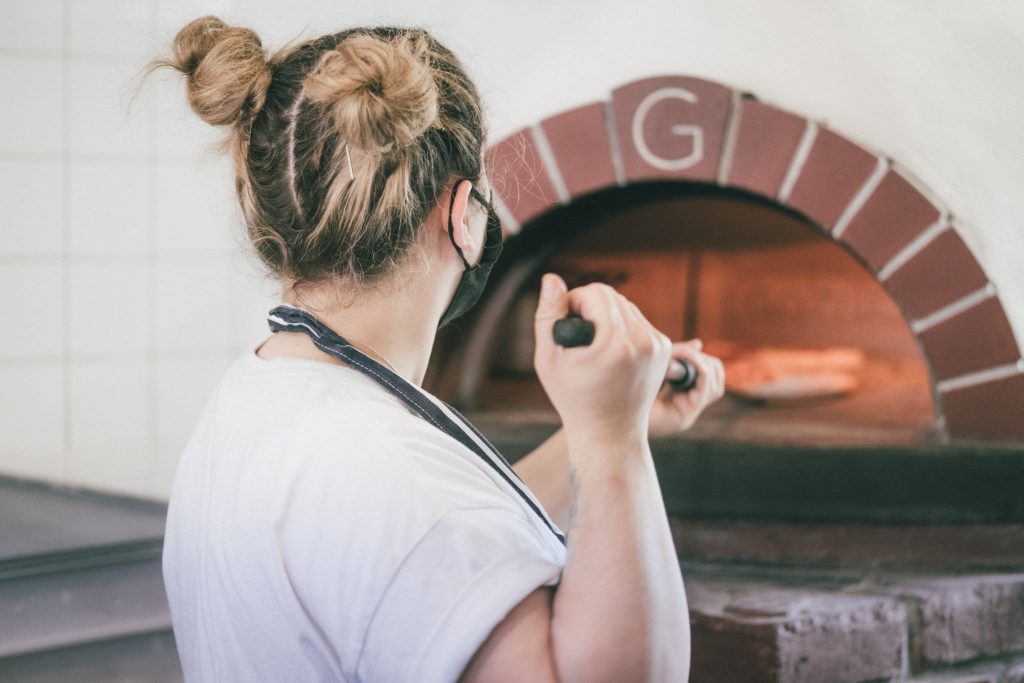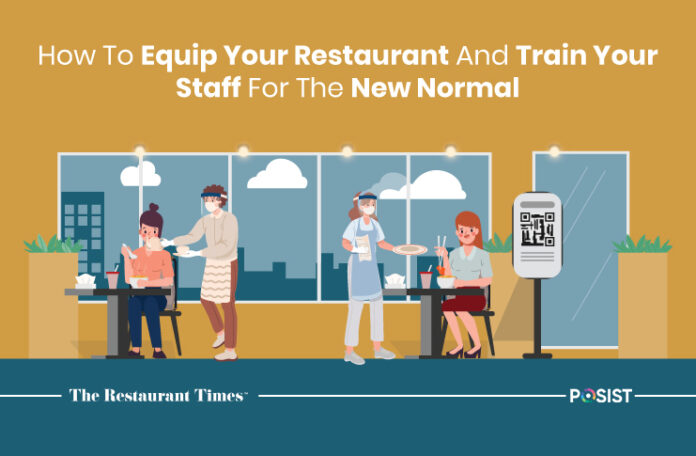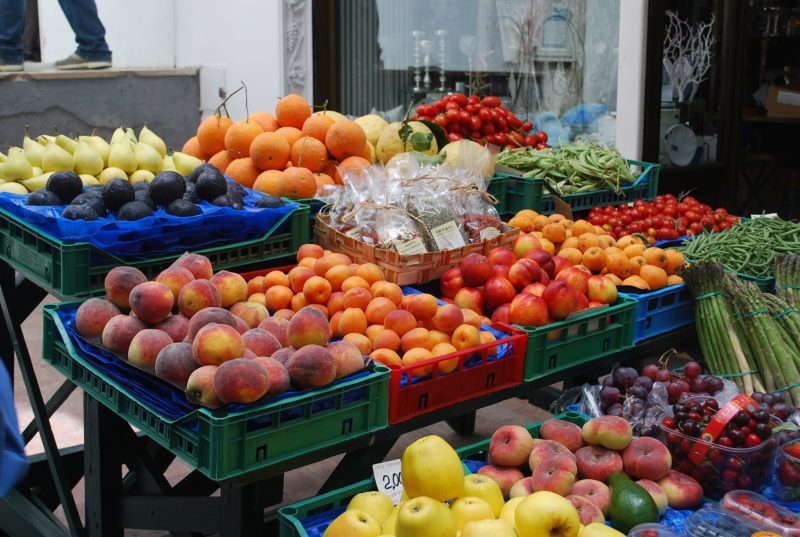While the world may be divided on many aspects, one thing that unites us is the hope that the end of the COVID-19 pandemic is in sight. After over 18 months of staying at home, often under strict restrictions with limited movement, many of us are starting to gear up for the future. This is particularly true for small restaurant businesses. This industry has had to adapt its offerings significantly, with restaurant management needing to expand its models to include food delivery services. Moving forward, we will be entering an entirely new world for all businesses.
But perhaps the most obviously affected ones are small businesses. As the global health crisis unfolded, the demand for restaurant food delivery services skyrocketed. As a result, the renewed focus was placed on restaurant logistics and the need for restaurant management software increased significantly. Now more than ever, it is vital that we focus on how to future-proof small businesses. If you have an independent restaurant and want to prepare it to withstand the post-COVID industry, follow this checklist to equip yourself and your staff for the new normal.
Never Neglect Payroll
One factor that restaurant management across the board can agree on is the importance of payroll. Payroll is one of the most valuable elements of restaurant management software. It manages a great deal more than just the company’s employees. It also helps keep track of other expenses, such as the total amount of money paid to employees in salaries and wages.
Furthermore, payroll software is integral in managing restaurant logistics such as leave days, employee benefits, and supplier information, to name a few. If your payroll information is up to date, your business and its employees can function as required, even in the wake of adjusted operating hours and operations as a whole.
Prioritize Time Tracking
Time tracking is imperative to the success of restaurant food delivery. The concept of time management, in general, is a critical skill for persons of any profession, but particularly so for the restaurant industry.
Time tracking helps to better handle restaurant logistics, thus allowing restaurant management to make the necessary adjustments as they see fit. The right time tracking tool allows restaurant owners to track time across any number of their restaurant locations. Rather than use a whiteboard or spreadsheet, managers can organize employee shift schedules quickly and easily, even sending mass texts to fill in last-minute shift changes.
As time tracking becomes increasingly incorporated into a restaurant’s operations, it will provide restaurant management with greater insights into how to best manage everything, from orders to deliveries. When time is maximized, all aspects of a restaurant will function at their best, and at a much higher capacity.
Simplify Your Operations
The restaurant industry is a highly competitive one. This is why it is so important for restaurant management to be able to adapt and change at the drop of a hat.
New food trends, superfoods, and customer preferences are always emerging. And competitors are constantly trying to one-up each other. New restaurants also open their doors all the time, bringing something different and exciting to the table.
To make sure that your business is able to stay ahead of the curve, it’s vital that you focus your attention on creating a space that allows for change and innovation. You don’t just want to keep up with your competitors, you want to outshine them to ensure your own business’s survival.
Every single minute of the working day is crucial for successful restaurants and customers. Instead of wasting time on administrative tasks, a restaurant’s workforce should instead be focused on helping the establishment stand out from the rest.
This is why many small businesses are opting for digital solutions. Smart digital receipt technology is just one popular example used by restaurants and cloud kitchens today. This cost-effective, eco-friendly, and contactless solution replaces the pre-COVID practice of printing paper receipts in a restaurant or delivery outlet with its real-time smart digital receipts.
These kinds of digital solutions simplify operations and keep all necessary records and information accessible. If a restaurant can lean into resources like this, it will be able to maximize the efficiency of its workers and streamline manual processes like stocktaking.

Aim To Impress Customers
This goes without saying for any business. Impressing customers is key. This is how you ensure a sense of loyalty, as well as referrals.
By making sure that you can go above and beyond to meet the needs of your customers, you will undoubtedly form relationships with them. This has the potential to turn into repeat transactions. These transactions could then turn into referrals, as customers share their good experiences with their friends and families.
Many restaurant food delivery companies tend to dismiss the value of a single transaction with a client. However, each interaction contains a great deal of potential. By fostering that potential, your small restaurant business could go far. Things may not always go to plan. When they go awry, make sure that you listen carefully to your customer and try to smooth things over accordingly. It is important that you let each and every customer know just how valued they are to the business.
Know Your Competition
You can track everything on your restaurant management software, and you can put a great deal of effort into your restaurant logistics. But if you don’t know what you’re up against, this could all be in vain.
Whatever you do, make sure that you know your competition. This will go a long way in helping you future-proof your small business for the post-COVID world. By knowing what your competition has to offer, you can find ways to adjust your own business’s offerings.
You can find gaps in the market and then fill them. This will help you stand out from the others and will go a long way in helping you ensure your restaurant’s success. For example, several Michelin-star restaurants unable to welcome sit-down customers during lockdown offered their fine-dining cuisine as take-aways. Their innovative attitude of “if you can’t come to us, we’ll come to you” gave these restaurants a competitive edge in the ever-changing hospitality landscape.
Ensure You Have Workers’ Compensation Insurance
The restaurant industry is one of the busiest in the world. This is why it is so important to offer an appropriate level of coverage in terms of workers’ compensation. Workers’ compensation insurance will protect your workforce and ensure that they are provided with the treatment that they need for any injuries sustained. It will also lessen the financial burden of covering medical claims for the business.
Workers’ compensation is required in almost every state for businesses that have employees. As a restaurant business owner, ensuring you have the appropriate policy in place can protect you from penalties and even jail time.
By following the guidelines on this checklist you’ll not only give your restaurant a better chance of surviving in a post-COVID world, but you’ll also give it the opportunity to thrive too.
















